There are several factors that contribute to the significant variation in PC component prices between Australia and other regions of the world. Understanding these factors can provide valuable insights into the dynamics of the market and help explain the price differences.
1. Import Taxes and Duties
One of the primary reasons for the disparity in PC component prices is the variation in import taxes and duties imposed by different countries. Australia, for instance, has no import duties on PC components, however, the VAT (GST) of 10% does apply. This is relatively low compared to many countries, especially those in Europe that can pay in excess of 20%. These additional costs are passed on to consumers, resulting in higher prices for PC components in each tax jurisdiction. It's also worth noting that when you browse a US-based retailer's catalog, the pricing you see is often displayed before taxes, which vary from state to state, while here in Australia, all major retailers display pricing inclusive of GST.
2. Currency Exchange Rates
Currency exchange rates play a significant role in determining the prices of PC components. Fluctuations in exchange rates can impact the cost of importing components from other countries. If the Australian dollar is weaker compared to the US dollar, the prices will simply be higher in Australia because those importing them for resale and distribution had to pay more to purchase them in the first place. While most PC components are made in Asia (China, Taiwan, Vietnam, Thailand, etc.), they are almost always traded on the international market in US dollars, so the AU dollar's exchange rate against the currencies of the nations exporting the goods makes little difference, except perhaps affecting the underlying cost of production. There are also costs involved with exchanging currencies and hedging the risk of a major move in the FX rate between making payment, taking delivery of the goods, and being able to sell them. These may only be 1-2% in most cases, but it all adds up.
3. Shipping and Logistics Costs
The cost of shipping and logistics is another factor that contributes to the variation in PC component prices. Australia's geographical location and distance from major manufacturing hubs can result in higher shipping costs. Additionally, the availability of efficient logistics infrastructure in different regions can affect the overall cost of transporting components, further influencing the prices. Logistics costs in Australia are among the highest in the world for a nation of its population, largely due to the cost of fuels, the relatively low population density, and vast distances between population centers.
4. Market Competition and Demand
The level of market competition and demand for PC components also plays a role in price variation. In regions with higher demand and intense competition, manufacturers may be able to offer components at lower prices due to economies of scale. On the other hand, in regions with lower demand and limited competition, prices tend to be higher. Australia sees a healthy level of pricing competition, being among one of the most competitive countries in the world for PC retailers on a per capita basis.
5. Regulatory Compliance and Certification
Regulatory compliance and certification requirements can differ between countries, leading to additional costs for manufacturers. These costs can vary significantly, depending on the complexity and stringency of the regulations. Compliance with specific standards and certifications can increase the overall cost of production, which is reflected in the prices of PC components. However, this will have minimal effects on Australian PC component pricing as the vast majority of products sold in Australia are produced for a global market, designed to adhere to the regulations of a vast number of countries all at once so that they can be distributed as widely as possible. Often little or no additional engineering or development is required to meet Australian regulatory standards that weren't already met or exceeded by needing to meet US or EU standards already.
6. Consumer Laws and Warranty
Australia has some of the strongest consumer protection laws in the world, and to adhere to these, retailers and product distributors who facilitate the warranty and service handling process have to absorb the costs of doing so. This means higher operating costs, and in turn, higher margins required to keep the lights on. This can often also mean that whenever a large amount of surplus inventory needs to be liquidated at a low price, it's rarely done so in Australia to avoid all the potential after-sales warranty costs that could result.
7. Taxes and Government Policies
Taxes and government policies specific to the PC component industry can also impact prices. For example, certain regions may offer tax incentives or subsidies to manufacturers, allowing them to offer components at lower prices. Conversely, regions with higher taxes or stricter regulations may experience higher prices. In Australia, the same flat rate 10% GST applies to all but a select few categories of goods and services, and there are no additional taxes that apply to PC components or electronic devices in general. In the United States, however, a 25% tariff has been introduced but has not yet taken effect, which would see the import costs of a large number of PC components immediately be significantly impacted. This proposed tariff was originally supposed to be implemented in 2022 but has been repeatedly delayed and as of the time of writing this article, has yet to actually take effect. Whether or not Australia follows suit, this could still affect prices locally here. The US is one of the largest PC component markets in the world and the home of many of the world's largest PC component brands. If some choose to simply adjust their global suggested retail pricing accordingly and price their exports to each region accordingly, we may see short-term cost fluctuations until price competition re-equalizes the market, or until manufacturing is relocated.
Conclusion
The sometimes seemingly significant variation in PC component prices between Australia and other regions can be attributed to a combination of factors such as taxes, currency exchange rates, shipping costs, market competition, and the cost of after-sales service. However, once you understand all the factors involved and adjust accordingly, pricing is often quite similar if not sometimes slightly better in Australia compared to many other regions.
There are several factors that contribute to the significant variation in PC component prices between Australia and other regions of the world. Understanding these factors can provide valuable insights into the dynamics of the market and help explain the price differences.
1. Import Taxes and Duties
One of the primary reasons for the disparity in PC component prices is the variation in import taxes and duties imposed by different countries. Australia, for instance, has no import duties on PC components, however, the VAT (GST) of 10% does apply. This is relatively low compared to many countries, especially those in Europe that can pay in excess of 20%. These additional costs are passed on to consumers, resulting in higher prices for PC components in each tax jurisdiction. It's also worth noting that when you browse a US-based retailer's catalog, the pricing you see is often displayed before taxes, which vary from state to state, while here in Australia, all major retailers display pricing inclusive of GST.
2. Currency Exchange Rates
Currency exchange rates play a significant role in determining the prices of PC components. Fluctuations in exchange rates can impact the cost of importing components from other countries. If the Australian dollar is weaker compared to the US dollar, the prices will simply be higher in Australia because those importing them for resale and distribution had to pay more to purchase them in the first place. While most PC components are made in Asia (China, Taiwan, Vietnam, Thailand, etc.), they are almost always traded on the international market in US dollars, so the AU dollar's exchange rate against the currencies of the nations exporting the goods makes little difference, except perhaps affecting the underlying cost of production. There are also costs involved with exchanging currencies and hedging the risk of a major move in the FX rate between making payment, taking delivery of the goods, and being able to sell them. These may only be 1-2% in most cases, but it all adds up.
3. Shipping and Logistics Costs
The cost of shipping and logistics is another factor that contributes to the variation in PC component prices. Australia's geographical location and distance from major manufacturing hubs can result in higher shipping costs. Additionally, the availability of efficient logistics infrastructure in different regions can affect the overall cost of transporting components, further influencing the prices. Logistics costs in Australia are among the highest in the world for a nation of its population, largely due to the cost of fuels, the relatively low population density, and vast distances between population centers.
4. Market Competition and Demand
The level of market competition and demand for PC components also plays a role in price variation. In regions with higher demand and intense competition, manufacturers may be able to offer components at lower prices due to economies of scale. On the other hand, in regions with lower demand and limited competition, prices tend to be higher. Australia sees a healthy level of pricing competition, being among one of the most competitive countries in the world for PC retailers on a per capita basis.
5. Regulatory Compliance and Certification
Regulatory compliance and certification requirements can differ between countries, leading to additional costs for manufacturers. These costs can vary significantly, depending on the complexity and stringency of the regulations. Compliance with specific standards and certifications can increase the overall cost of production, which is reflected in the prices of PC components. However, this will have minimal effects on Australian PC component pricing as the vast majority of products sold in Australia are produced for a global market, designed to adhere to the regulations of a vast number of countries all at once so that they can be distributed as widely as possible. Often little or no additional engineering or development is required to meet Australian regulatory standards that weren't already met or exceeded by needing to meet US or EU standards already.
6. Consumer Laws and Warranty
Australia has some of the strongest consumer protection laws in the world, and to adhere to these, retailers and product distributors who facilitate the warranty and service handling process have to absorb the costs of doing so. This means higher operating costs, and in turn, higher margins required to keep the lights on. This can often also mean that whenever a large amount of surplus inventory needs to be liquidated at a low price, it's rarely done so in Australia to avoid all the potential after-sales warranty costs that could result.
7. Taxes and Government Policies
Taxes and government policies specific to the PC component industry can also impact prices. For example, certain regions may offer tax incentives or subsidies to manufacturers, allowing them to offer components at lower prices. Conversely, regions with higher taxes or stricter regulations may experience higher prices. In Australia, the same flat rate 10% GST applies to all but a select few categories of goods and services, and there are no additional taxes that apply to PC components or electronic devices in general. In the United States, however, a 25% tariff has been introduced but has not yet taken effect, which would see the import costs of a large number of PC components immediately be significantly impacted. This proposed tariff was originally supposed to be implemented in 2022 but has been repeatedly delayed and as of the time of writing this article, has yet to actually take effect. Whether or not Australia follows suit, this could still affect prices locally here. The US is one of the largest PC component markets in the world and the home of many of the world's largest PC component brands. If some choose to simply adjust their global suggested retail pricing accordingly and price their exports to each region accordingly, we may see short-term cost fluctuations until price competition re-equalizes the market, or until manufacturing is relocated.
Conclusion
The sometimes seemingly significant variation in PC component prices between Australia and other regions can be attributed to a combination of factors such as taxes, currency exchange rates, shipping costs, market competition, and the cost of after-sales service. However, once you understand all the factors involved and adjust accordingly, pricing is often quite similar if not sometimes slightly better in Australia compared to many other regions. Here at Evatech we pride ourselves on offering Australians outstanding value for money on high quality latest gen hardware assembled, tested and backed by industry leading professionals. This is all inclusive in every price we advertise, no tricks, no gimmicks, no refurbs, bloatware or upsells. Just premium computers backed by first class service for an unbeatable price.
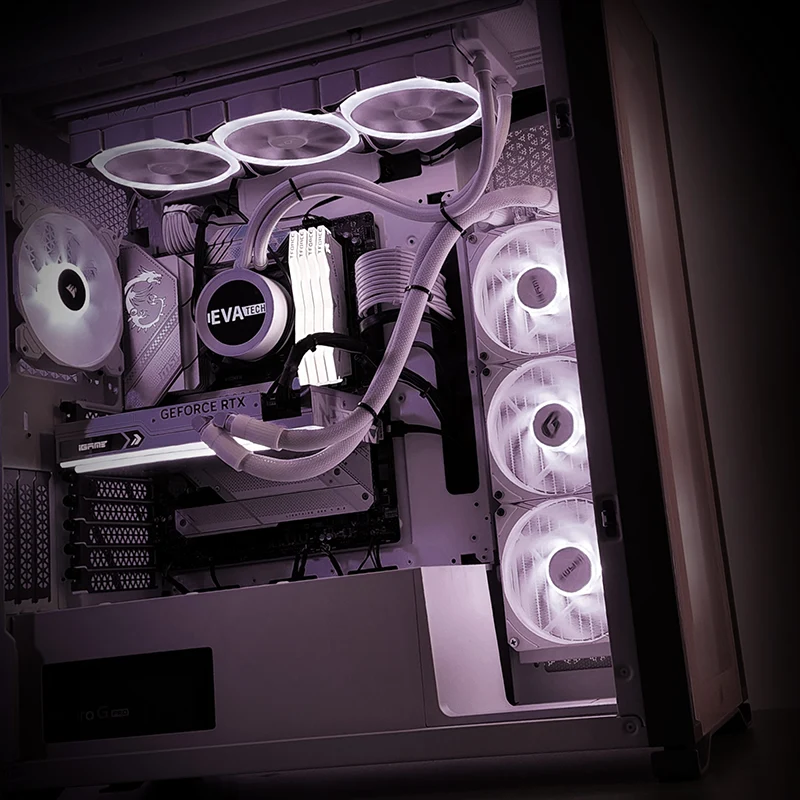
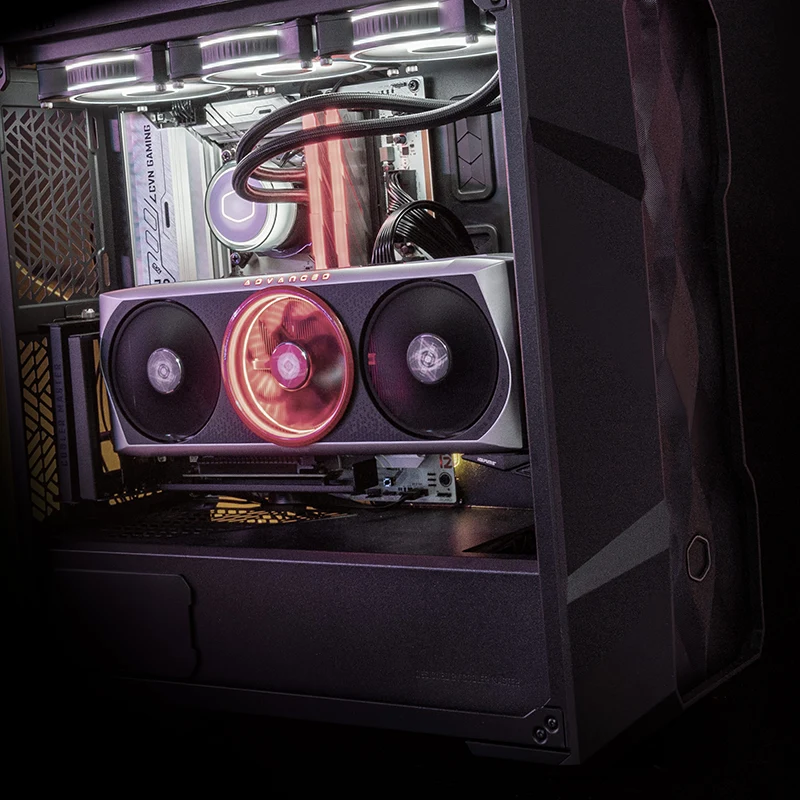

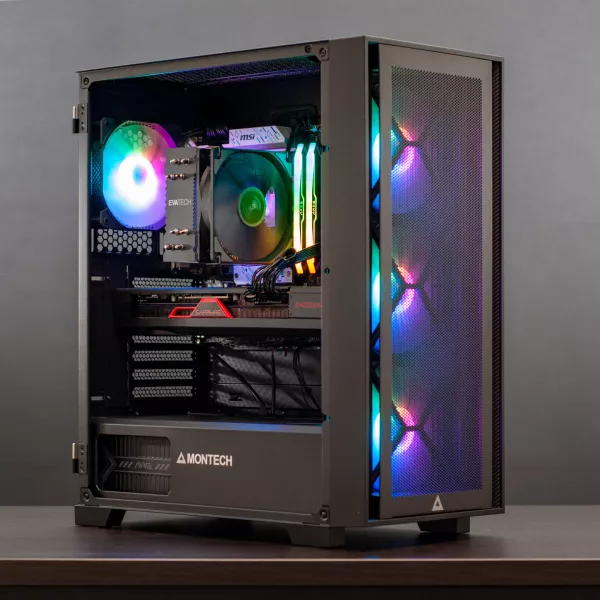


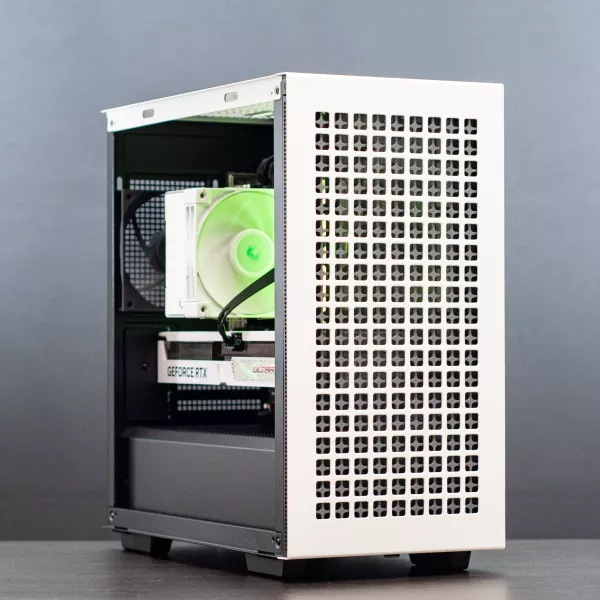

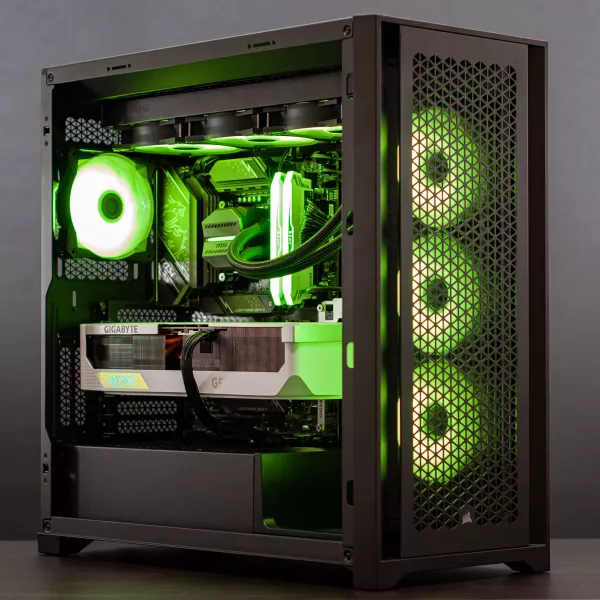

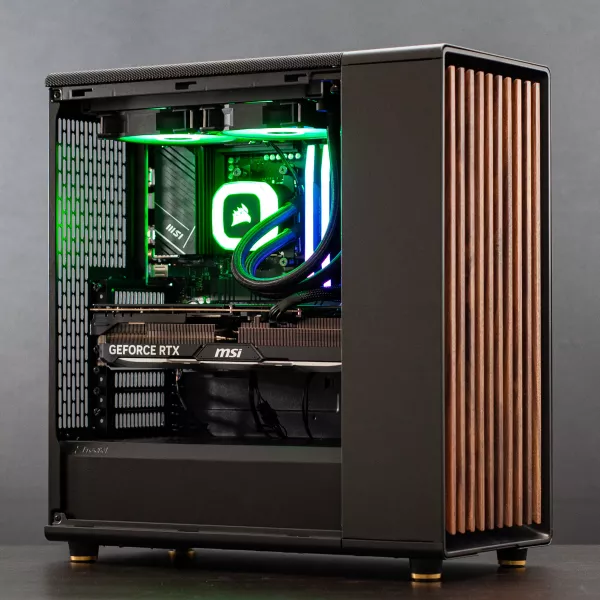

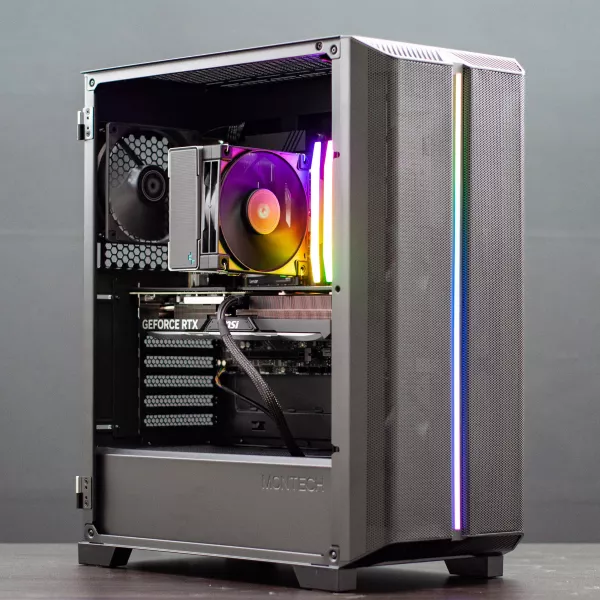
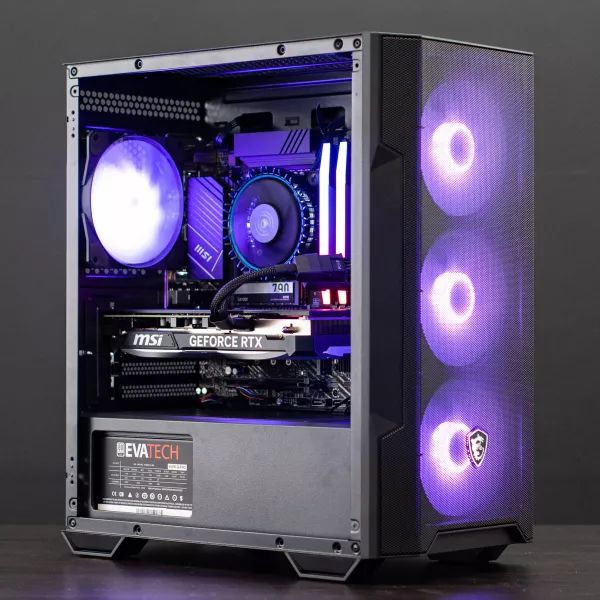
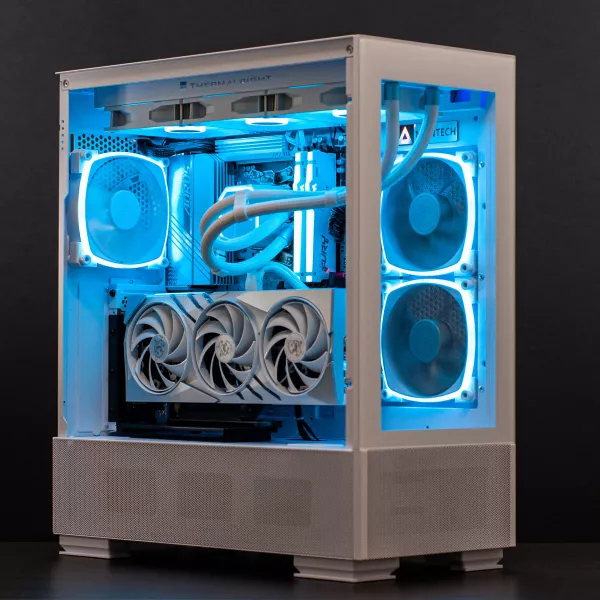


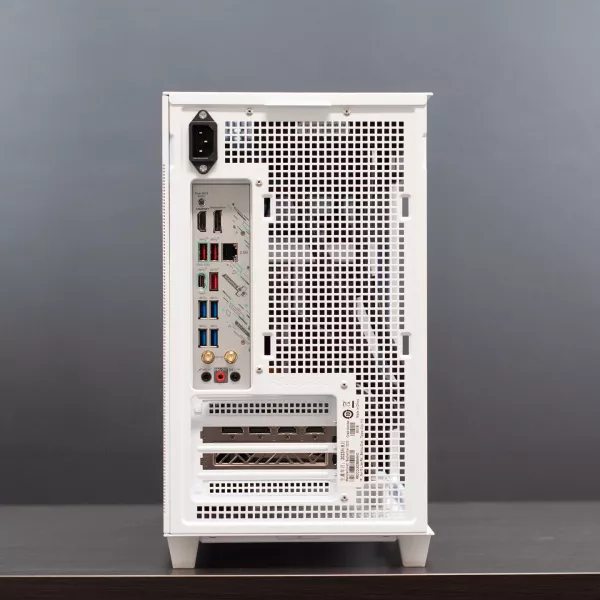
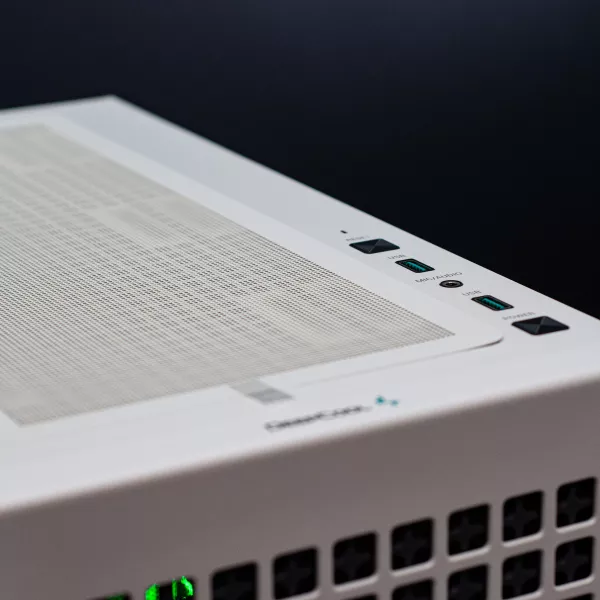

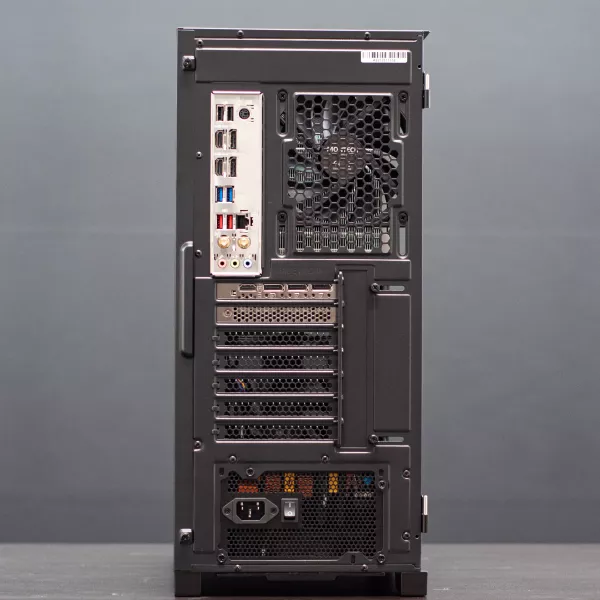
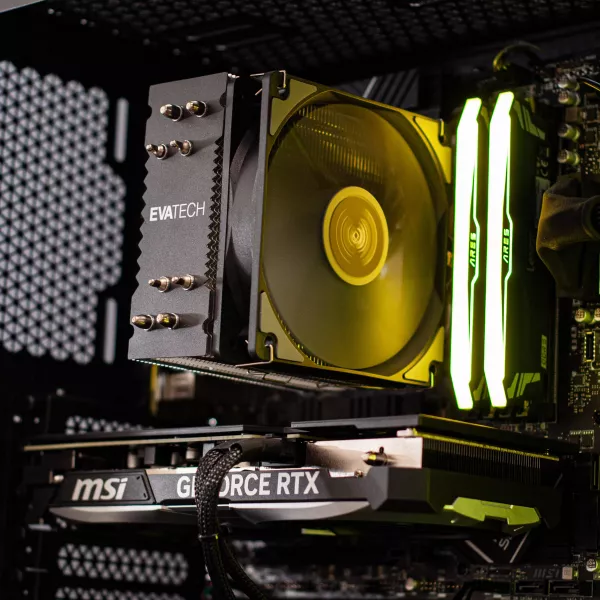
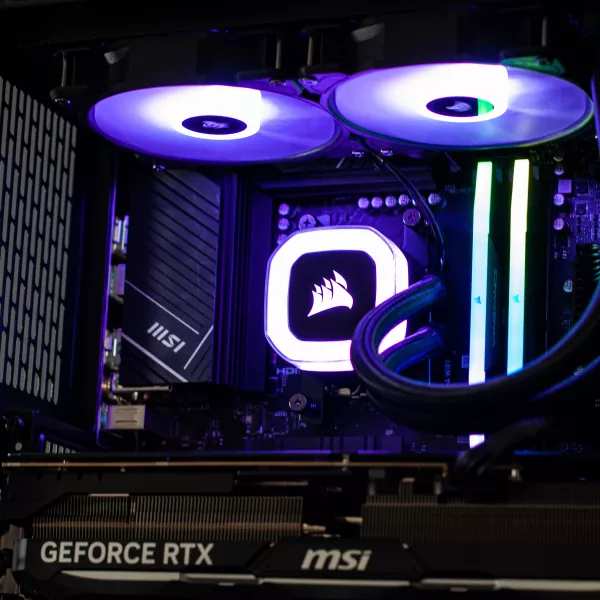
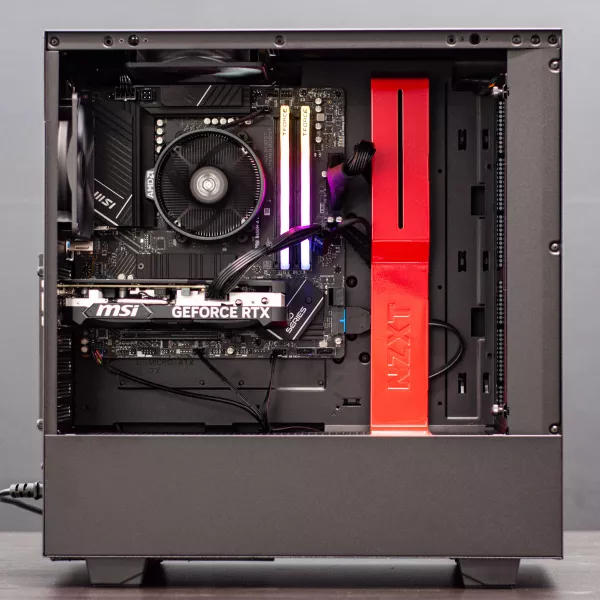
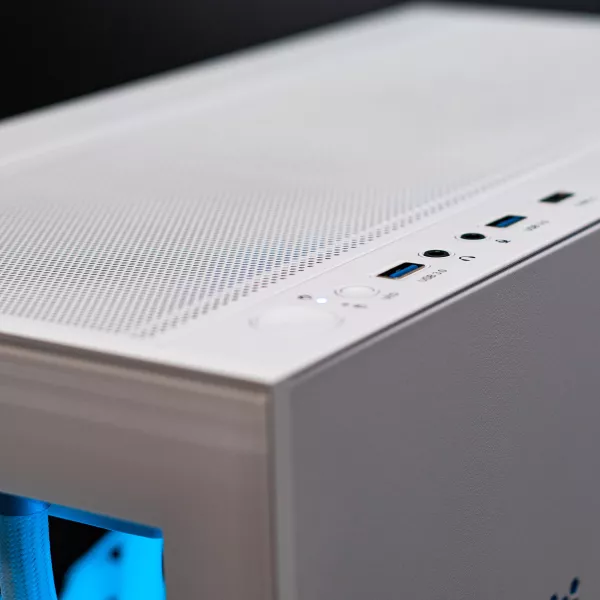
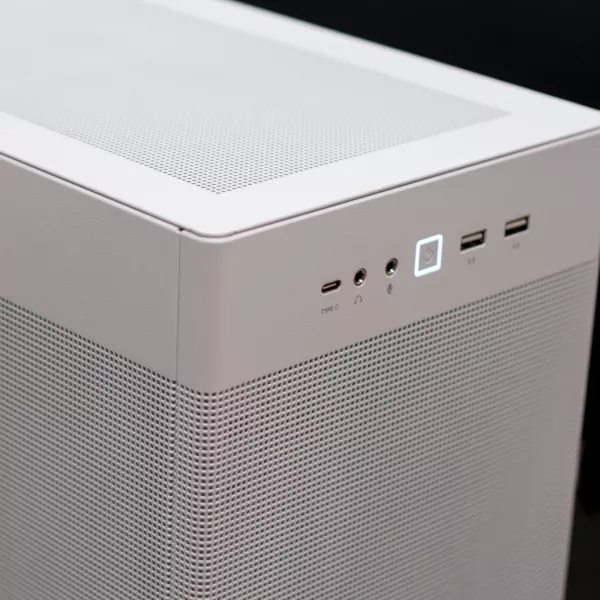
























 5/2 Fiveways Boulevarde, 3173 VIC
5/2 Fiveways Boulevarde, 3173 VIC Monday - Friday 10am-6pm
Monday - Friday 10am-6pm +61 (03) 9020 7017
+61 (03) 9020 7017 ABN 83162049596
ABN 83162049596 Evatech Pty Ltd
Evatech Pty Ltd